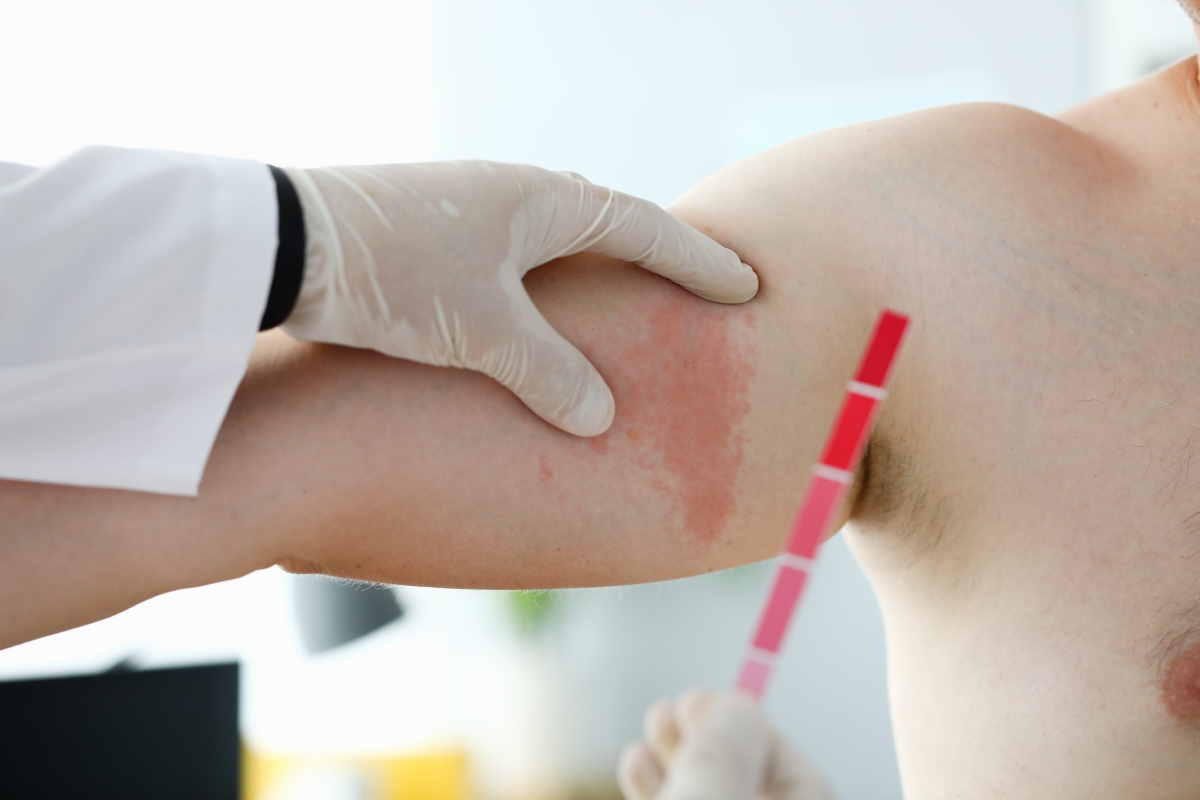Diabetes is a disease that can appear at any age and without warning, but let’s see what could be the first 6 fundamental signs on your skin that should not be underestimated.
It is known that diabetes is a disease that can appear at any age and without warning, this is because its symptoms are often so mild that they go unnoticed by most people. But let’s see what could be the first 6 fundamental signs on your skin that should not be underestimated.
Diabetes is a disease that occurs when the body cannot produce enough insulin or cannot use it properly.
Insulin is the key hormone that has the role of getting sugar into the cells of the body, where it is used for energy. When you can’t make enough insulin, sugar builds up in your bloodstream, causing a variety of problems throughout your body.
The main symptoms of diabetes usually include extreme thirst and an increased need to urinate. However, there may also be signs on the skin that should not be underestimated, let’s see them together.
Read also: Diabetes, how much risk are you? Find out by answering these 8 simple questions developed by scientists
Yellow, reddish or brown spots on the skin
It is also called a skin condition necrobiosi lipoidicafor which yellow spots begin to appear on the skin, often swollen and hard to the touch.
Along with these spots you may also notice more noticeable blood vessels, that the skin is itchy and painful, or that the surrounding skin has a shiny porcelain-like appearance.
Darker patch or area on the skin
This condition is called acanthosis nigricans, whereby there are dark spots especially in the back of the neck, in the armpits and groin. This condition often indicates too much insulin in the blood and therefore is a warning sign of diabetes.
Hard and thickened skin
Digital sclerosis is when this hard, thick, swollen skin condition develops on the fingers, toes, or both.
It can also spread to the forearms and upper arms, upper back, shoulders, and neck. Sometimes, even on the face and chest and in very rare cases on the knees, elbows and ankles.
Wherever it appears, often this problem is a symptom of diabetes or that diabetes is not being treated in the best way.
Blisters
Rarely, one of the symptoms of diabetes is the sudden appearance of blisters or clusters of blisters on the skin, especially on the hands, feet, legs, or forearms.
These resemble blisters that appear after a severe burn, but unlike the latter they are not painful.
Skin infections
People who have diabetes often tend to have skin infections, accompanied by a sore, swollen skin sensation or itchy rash.
A skin infection can occur on any area of the body, including between the toes, around one or more nails, or on the scalp.
Sores and wounds
Often called diabetic ulcers, they most commonly occur in the feet.
This happens because high blood sugar also leads to poor circulation and nerve damage, which makes wound healing difficult.
Also read: Feet first spies of diabetes: the signs on the fingers that warn of high blood sugar levels
Conclusions
Diabetes can cause many other skin problems, most of which are harmless, but even what may seem more harmless can become more serious in people who have diabetes.
So, if you recognize one or more of the following warning signs on your skin, it’s time to consult your doctor who will be able to give you the right indications.
Follow us on Telegram | Instagram | Facebook | TikTok | Youtube
Source: aad.org
You might also be interested in:
